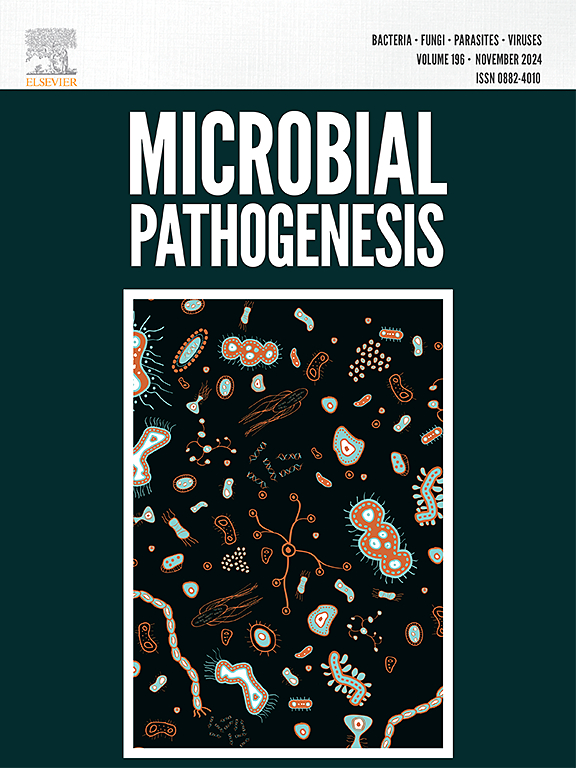Dydrogesterone alleviates periodontitis in perimenopausal women undergoing periodontal therapy by decreasing inflammation and mediating oral microbiota
IF 3.3
3区 医学
Q3 IMMUNOLOGY
引用次数: 0
Abstract
Objective
Dydrogesterone (DG), a synthetic isomer of progesterone, plays a potential regulatory role in the periodontal environment. The aim of this study was to investigate the potential effects of DG on periodontitis under periodontal therapy (PT) and the underlying mechanisms related to oral microbiota.
Methods
As a cohort study, perimenopausal women with periodontitis and abnormal uterine bleeding associated with ovulatory dysfunction were screened. A total of 30 women received PT (PT group) and 30 women received PT and oral DG 10 mg twice/day for 10 days/month (PT + DG group). At baseline and 3 months after treatment, pocket probing depth (PPD), bleeding index (BI), bleeding on probing (BOP), plaque index, CRP, IL-6, and TNF-α were measured. Additionally, 16S rDNA sequencing was performed to determine the characteristics of oral microbiota, mainly in terms of abundance, diversity, composition, and community structure.
Results
Three months after treatment, the levels of PPD, BI, and BOP, as well as the levels of CRP, IL-6, and TNF-α in gingival crevicular fluid were significantly lower in the PT + DG group than those in the PT group. After treatment, a relatively lower microbial abundance, and some differences in microbial composition were revealed between the PT and PT + DG groups. At the genus level, significantly fewer Escherichia-Shigella, Porphyromonas, and Absconditabacteriales (SR1), and more Lactobacillus, Gordonia, Bifidobacterium, and Oribacterium were found in the PT group than in the PT + DG group.
Conclusions
DG enhances the effect of PT on inhibiting inflammatory response in women with periodontitis by mediating oral microbiota.
求助全文
约1分钟内获得全文
求助全文
来源期刊

Microbial pathogenesis
医学-免疫学
CiteScore
7.40
自引率
2.60%
发文量
472
审稿时长
56 days
期刊介绍:
Microbial Pathogenesis publishes original contributions and reviews about the molecular and cellular mechanisms of infectious diseases. It covers microbiology, host-pathogen interaction and immunology related to infectious agents, including bacteria, fungi, viruses and protozoa. It also accepts papers in the field of clinical microbiology, with the exception of case reports.
Research Areas Include:
-Pathogenesis
-Virulence factors
-Host susceptibility or resistance
-Immune mechanisms
-Identification, cloning and sequencing of relevant genes
-Genetic studies
-Viruses, prokaryotic organisms and protozoa
-Microbiota
-Systems biology related to infectious diseases
-Targets for vaccine design (pre-clinical studies)
 求助内容:
求助内容: 应助结果提醒方式:
应助结果提醒方式:


